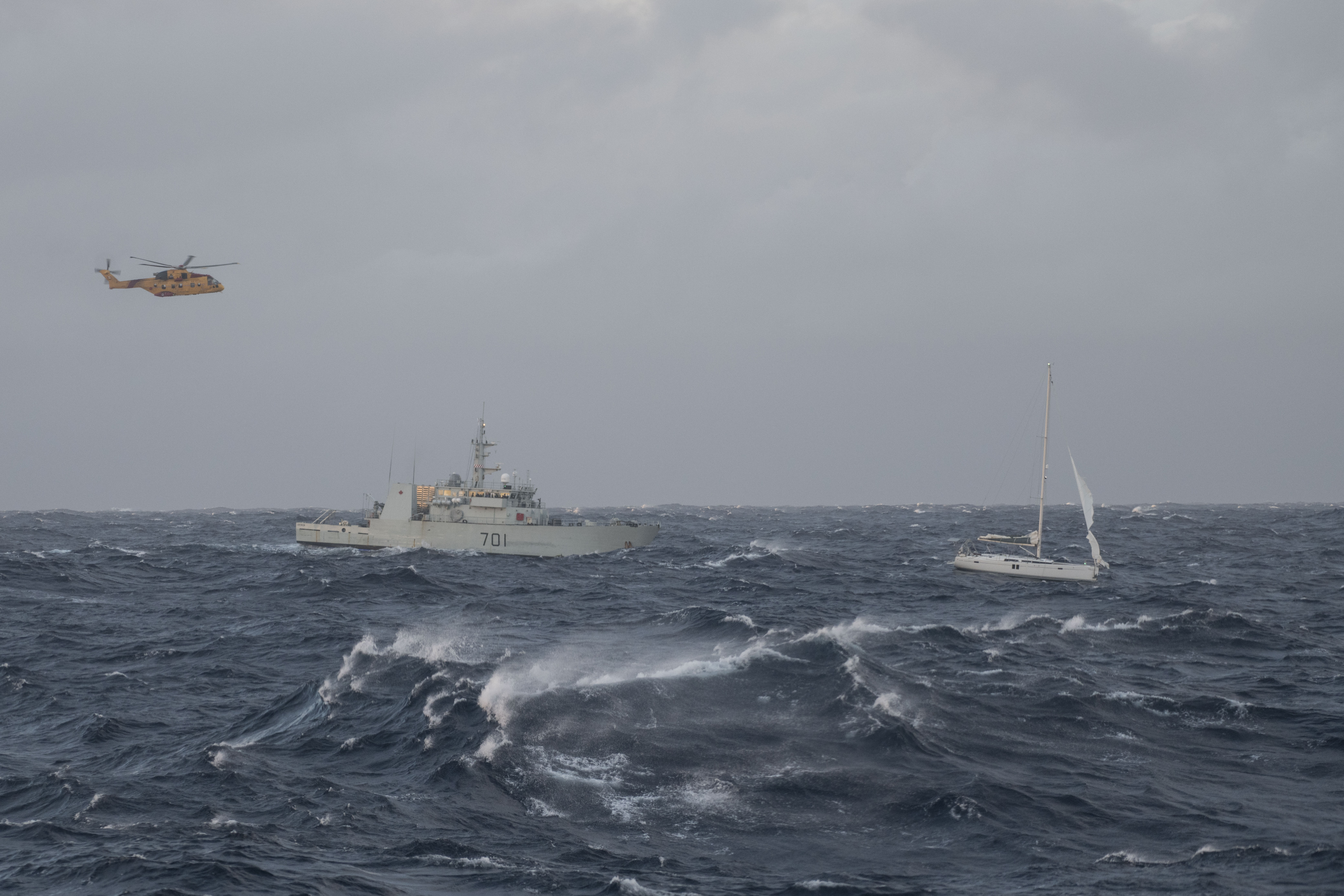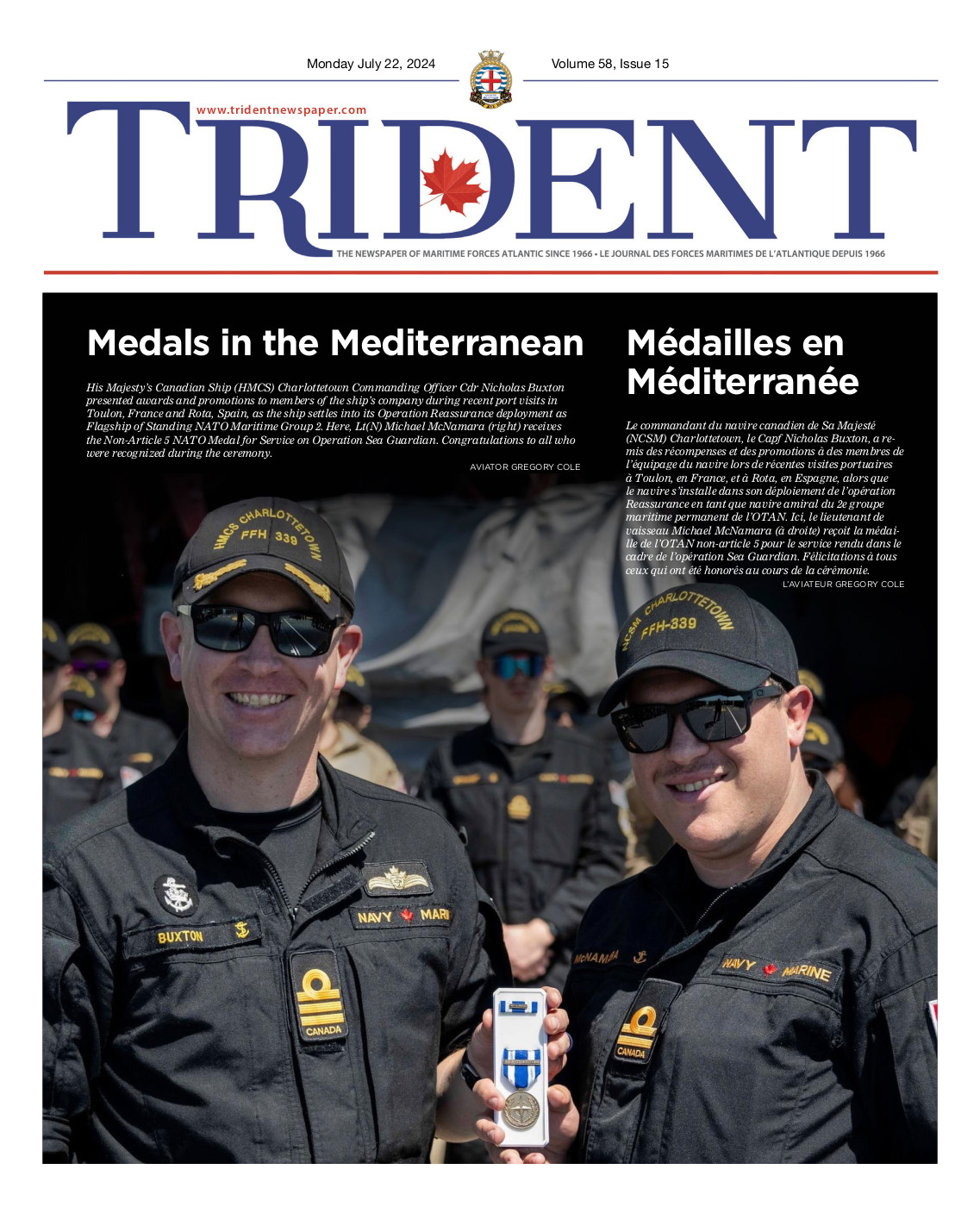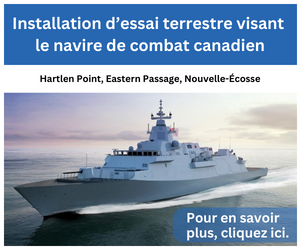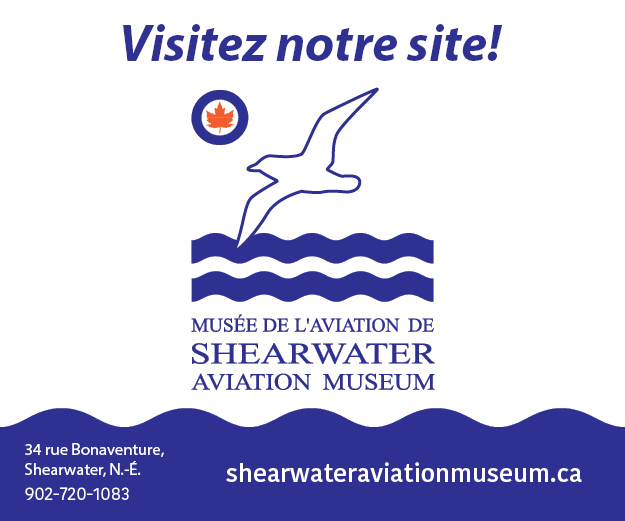
AVR BRADEN TRUDEAU, FIS HALIFAX
When you’re in peril on the high seas….what happens behind the scenes?
By Joint Rescue Coordination Centre (Halifax)
Something has gone wrong on your vessel in the North Atlantic. The seas are rough, the weather is uncompromising. You call for help over coast guard radio, on your cell phone or by activating your Emergency Position Indicating Radio Beacon (EPIRB).
Your request is immediately relayed to the Joint Rescue Coordination Centre (JRCC) in Halifax or the Maritime Rescue Sub-Centres in St. John’s or in Quebec City. The Centres operate 24/7 all year. Both Canadian Armed Forces and Canadian Coast Guard search and rescue desk operators jump into action.
As Canadian Armed Forces aircraft are being launched and Canadian Coast Guard vessels are being tasked, operations staff are simultaneously investigating and answering questions critical to planning and executing the search and rescue mission.
• Where exactly is the vessel location? EPIRB, PLB, CH16?
• Do we have direct communications with the disabled or distressed vessel?
• What vessels of opportunity are in the area? How far away are they?
• What is the weather and sea state in which our aircraft and rescue ships will operate? Can we launch in this weather?
• How many are on the disabled or distressed vessel? Any medical issues?
• What survival equipment is board; Are you prepared to safely abandon?
• Where can our helicopters refuel in the Atlantic Ocean?
• What do we need to do to provide continuous air search coverage?
• What are the drift patterns?
• What is the Next of Kin contact information?
Our Arsenal
Search and rescue marine and air assets are located at CAF bases and Canadian Coast Guard stations throughout the Atlantic Canada. These assets are strategically located.
CAF maritime SAR air assets (Atlantic Canada):
• CC-130 Hercules, long range transport and rescue aircraft
• CH-149 Cormorant, land-based search and rescue helicopter (large yellow helicopter)
• CP-140 Aurora, anti-submarine/marine reconnaissance aircraft used in marine search and rescue
• Primary locations: 14 Wing Greenwood, NS; and 9 Wing Gander, NL.
Canadian Coast Guard vessels (Atlantic Canada)
• Multiple SAR lifeboat stations, including Cape Class, Arun Class and the new Bay Class lifeboats
• Most stations are open year round with a small number being closed due to ice (i.e. Northumberland Strait)
• The summer months see the Inshore Rescue Stations operating in high traffic areas such as Halifax Harbour, Moncton, and Conception Bay. This service enables near coastal fast rescue response. Larger multi-task Coast Guard vessels are placed strategically to respond and relieve the lifeboats for prolonged search activity.
Atlantic Canada Search and Rescue Region
The map above is what west of 30° west longitude, north of 42° latitude and south of 70° north latitude looks like. It’s big.
This space includes eastern Canada, the eastern half of Quebec, the southern half of Baffin Island. The area measures 4.7 million squared kilometers. Eighty per cent of that is ocean with over 74 000 kilometers of coast line.
What does it mean to us in the JRCC?
Your preparation is critical in giving us the best chance for your successful rescue.
What should it mean to you?
Safety is preparedness. Your survival success is based on scientific data:
Example: For a person weighing 200 lbs, at 35 years of age, in 5° Celsius water, the survival models provide an estimate of:
|
Personal Protective Equipment |
Functional Time (hrs) |
Survival Time (hrs) |
|
With immersion suit |
19.9 |
26.7 |
|
With floater suit |
5.0 |
8.1 |
|
With regular clothing |
1.5 |
3.0 |
Data Source: International Aeronautical and Maritime Search and Rescue Manual
Notes:
• Functional time is the amount of time a person can reasonably keep themselves afloat without flotation aids. Survival estimates are based solely on body temperature forecasts; every person is different.
• Flotation in regular clothing will provide you double the survival time because losing muscular function alone will not cause you to drown.
• Flotation can also help to prevent cold shock from drowning you.
The bottom line
Call us early. It costs nothing to initiate communication so we can monitor and work with you. When it becomes an emergency, the greatest asset we need is time; the most important effect you need is immediacy.
The CAF and Canadian Coast Guard are the two principle agencies responsible for aeronautical and maritime search and rescue in Canada. Search and Rescue is a system of systems that receives support from numerous other search and rescue partners and volunteer organizations.





